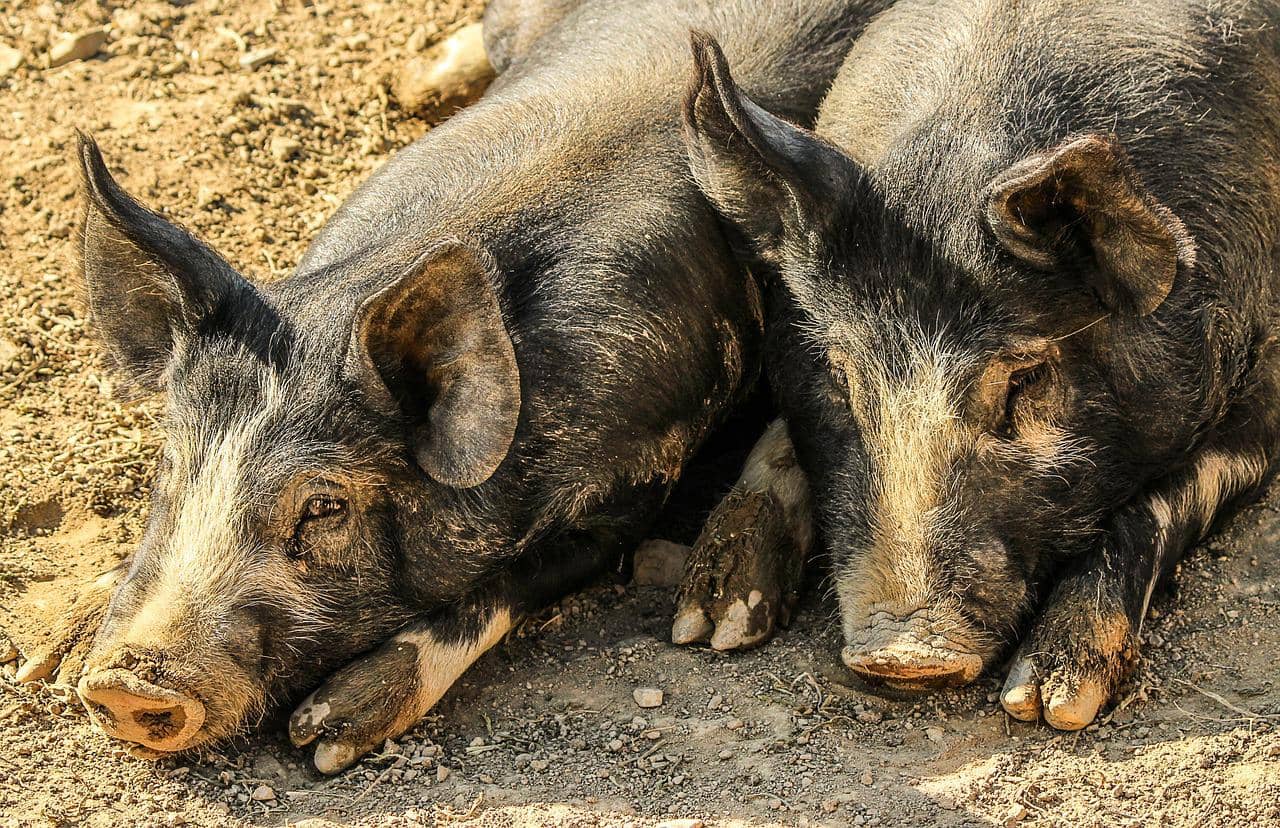
(NDAgConnection.com) – With mud impacting many farms and ranches, North Dakota State University Extension specialists offer tips for protecting livestock health and managing muddy conditions.
“When cattle get wet, their hair lies down and loses insulation value,” says Zac Carlson, NDSU Extension beef cattle specialist. “Mud will further reduce the insulation value of hair coats. Cattle become chilled quicker from wet and muddy conditions; this stress can inhibit the immune system, making animals more susceptible to disease.”
“Mud and manure carry bacteria and other pathogens that can affect cattle health,” says Dr. Gerald Stokka, Extension veterinarian and livestock stewardship specialist. “Calves are particularly susceptible by direct contact or mud on dirty udders. Calves consuming mud or drinking from mud puddles are at risk for digestive tract infections, such as scours.
“Calves born in wet, muddy conditions are also more susceptible to naval/joint infections,” Stokka continues. “Dip the naval after birth with a sanitizing liquid. A classic product is 7% tincture of iodine. A tincture contains alcohol. The alcohol provides drying action, while the iodine has disinfectant properties. Just be sure the solution is fresh and the container is free from contamination.”
In muddy conditions, ranchers should regularly move bunks and bale ring feeders to dry ground, recommends Miranda Meehan, Extension livestock environmental stewardship specialist.
“If footing around feeders becomes deep with mud, cows have a better chance of getting dirty udders,” says Meehan. “If moving feeders is not possible, use bedding materials around feeders to keep footing as dry and clean as possible.”
“Feed conversion and growth rate are severely impacted in feedlot cattle as mud conditions increase in severity,” says Karl Hoppe, Extension livestock systems specialist. “Research has shown that mud up to 8 inches deep will decrease feed intakes by 5% to 15%. Severe conditions with mud deeper that 10 inches will decrease feed intake 15% to 30%.”
“Foot rot can also be an issue with muddy conditions,” adds Carlson. “The bacteria responsible for foot rot persist in wet areas. The skin between the toes becomes tender in wet conditions, leading to an increased risk of an opened wound and infection.”
“It is often difficult to do anything about mud when there are limited areas of dry ground,” says Mary Keena, Extension livestock environmental management specialist. “Anything that can be done to minimize mud can help decrease the incidence of health issues. During calving, move cows yet to calve periodically to the driest ground possible or add bedding for those cows.”
There are few options once muddy conditions are in place, so preventive practices are key. NDSU Extension specialists recommend these tips to help reduce muddy conditions:
– Scrape lots to maintain a 3% to 5% slope away from the feed bunk.
– Reshape mounds to ensure quick drainage.
– Move livestock to temporary feeding areas such as stockpiled pastures with adequate drainage or fields containing crop residue such as corn stalks.
– If stockpiled pastures are not available, consider moving livestock to pastures with tame grasses, such as brome, crested wheatgrass, or old Conservation Reserve Program (CRP) land that is better able to withstand the impact of early grazing.
– If tame pasture is not an option, consider native pastures with Kentucky bluegrass as a dominant species to reduce potential negative impacts on the growth of native grass species.
Be aware of the potential for soil compaction when placing livestock in saturated crop fields in the spring and the potential for challenging planting conditions, adds Meehan.
